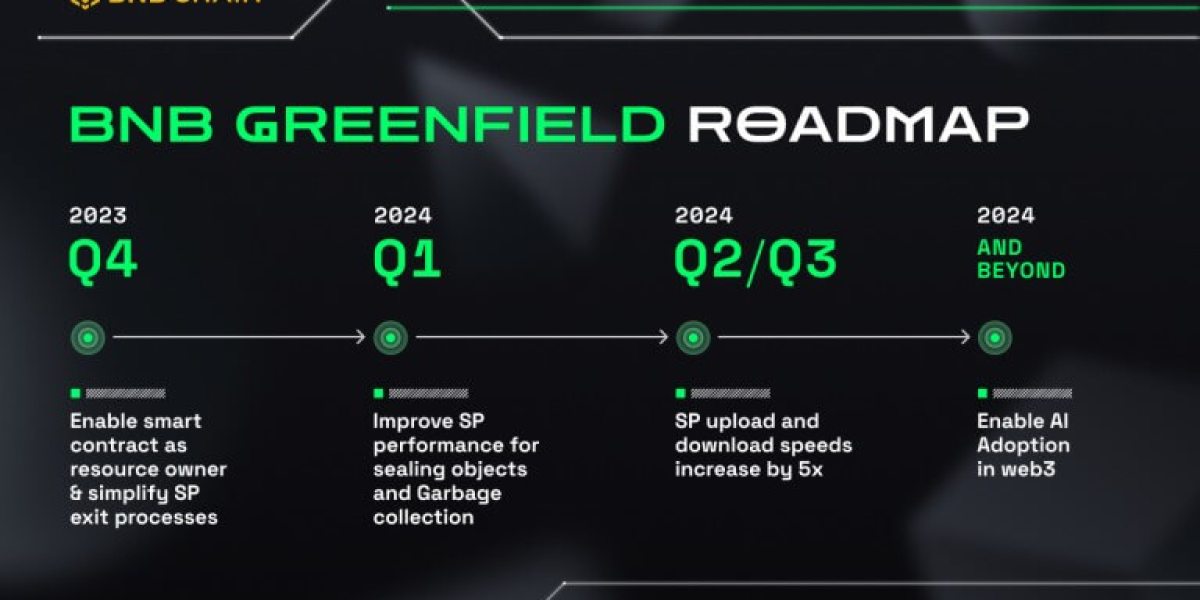Is the Pi Network Really a Web 3.0 Project?
The concept of Web 3.0, or the decentralized web, has been gaining traction over the years. It refers to the next generation of the internet, where individuals have greater control over their data and digital identities. One project that claims to be a part of this movement is the Pi Network.
Pi Network, created by a group of Stanford University graduates, aims to create the world's most inclusive decentralized cryptocurrency. It utilizes a mobile app to allow individuals to mine Pi coins using their smartphones. The network is built on a hybrid consensus algorithm, combining the best elements of centralized and decentralized systems.
However, whether Pi Network truly qualifies as a Web 3.0 project is a matter of debate. While it incorporates certain aspects of decentralization, such as allowing users to control their own Pi wallets and identities, it falls short on some key characteristics of Web 3.0.
"Web 3.0 is about more than just decentralization. It's about creating a fully participatory web, where users have sovereignty over their data and can interact with applications in a user-centric manner."
One of the core principles of Web 3.0 is user-centricity. This means that individuals have full ownership and control over their data, and they are able to choose how and when it is shared. While Pi Network allows users to control their wallets and identities, it does not provide the same level of sovereignty over data.
Furthermore, Web 3.0 aims to create a more decentralized internet infrastructure. Pi Network, on the other hand, utilizes a hybrid consensus algorithm that combines centralized and decentralized elements. Some argue that this compromises the true decentralization that Web 3.0 strives for.
Another key feature of Web 3.0 is the ability to seamlessly and securely interact with decentralized applications (dApps). While Pi Network is building an ecosystem of apps around its currency, it is not directly compatible with other existing dApps on established decentralized platforms like Ethereum or Polkadot.
Despite these limitations, Pi Network does make strides towards decentralization. It introduces more people to the concept of cryptocurrencies and blockchain technology, and promotes the idea of individuals having control over their digital assets.
In conclusion, while Pi Network incorporates certain aspects of decentralization, it falls short on some key characteristics that define Web 3.0. It is important to critically evaluate projects claiming to be part of the Web 3.0 movement and understand the extent to which they align with its core principles. Only then can we determine whether they are truly pushing the boundaries of the decentralized web.







